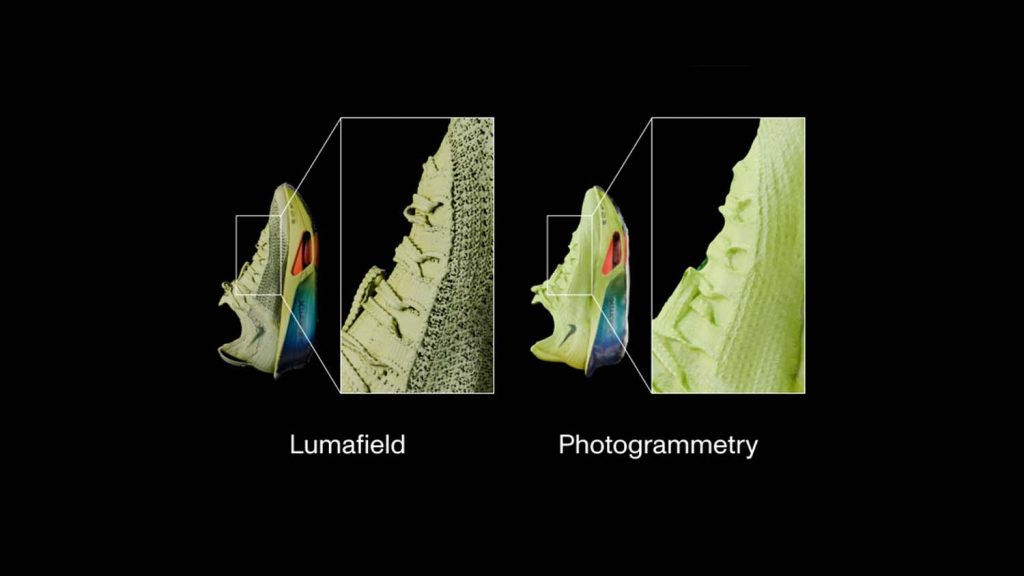Lumafield’s Neptune CT scanner, built for designers and engineers to uncover the intricacies of inside parts and mechanisms, can now be equipped with a Surface Capture Module to render complex geometries and reflective surface textures that it says no other visible light scanner can capture.
This approach allows users to avoid artefacts that are common in photogrammetry approaches and visualise areas that are otherwise impossible to capture, such as those hidden by overhangs as well as shiny and reflective surfaces. The technique fuses multiple distinct streams of visible light and CT scan data, ensuring an accurate and detailed surface mesh.
With a new user-friendly workflow on Neptune, users can now perform both a CT scan and a visible light scan in a single setup. This allows for an accurate surface mesh to be generated from the CT scan that is perfectly coordinated with the full colour visible light data.
Once the scan is finished processing, users can view and analyse their data in Lumafield Voyager or download it as a set of files, including a high-resolution mesh and a texture composed into formats such as GLTF or OBJ.
In development and design, Lumafield says it provides detailed and accurate visualisations that enhance understanding and refinement of products. For marketing and sales, it says that the high-quality textured meshes offer accurate visuals that can be used to realistically showcase products in great detail, allowing first articles to serve as the basis for marketing campaigns ahead of production.
“With Neptune’s Surface Capture, you gain an unparalleled tool that enhances your ability to capture and analyze surface details with precision, enabling you to make better-informed decisions and generate visual assets that tell your products’ stories,” said a Lumafield spokesperson.






